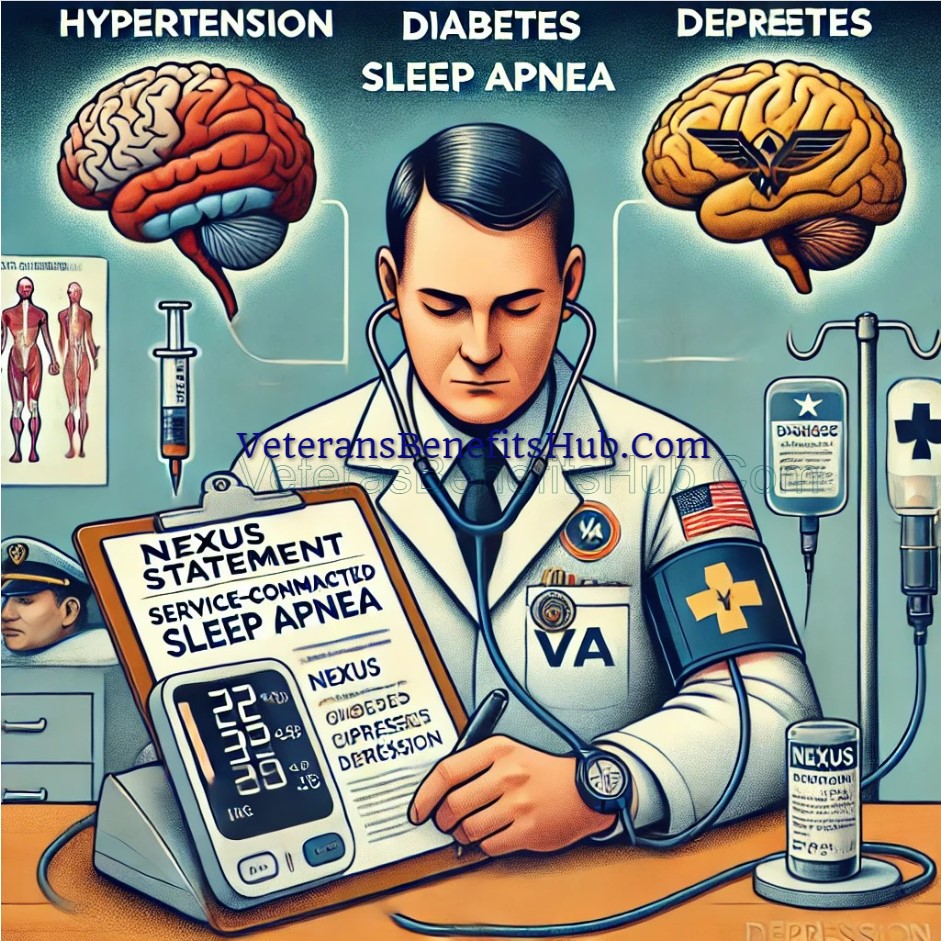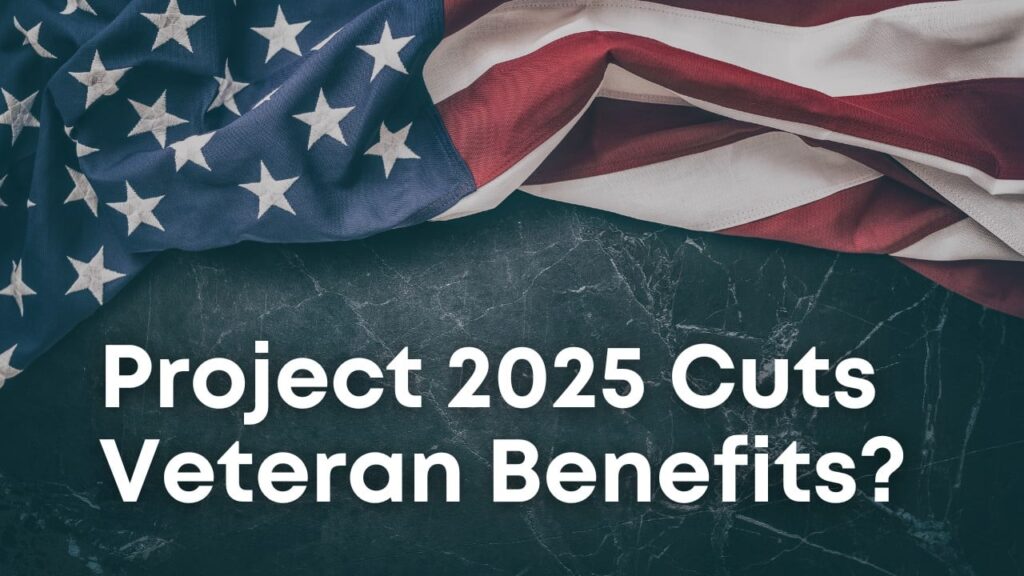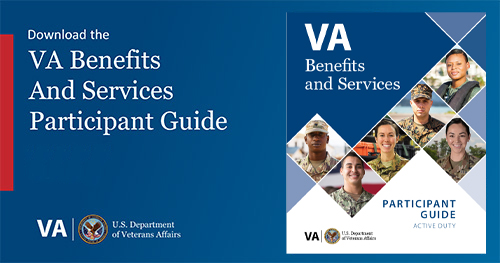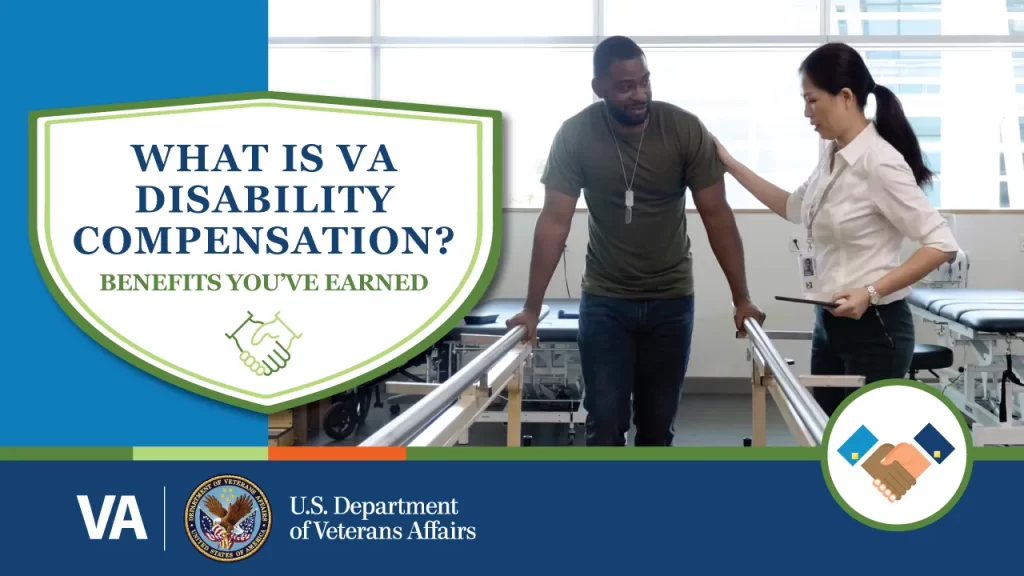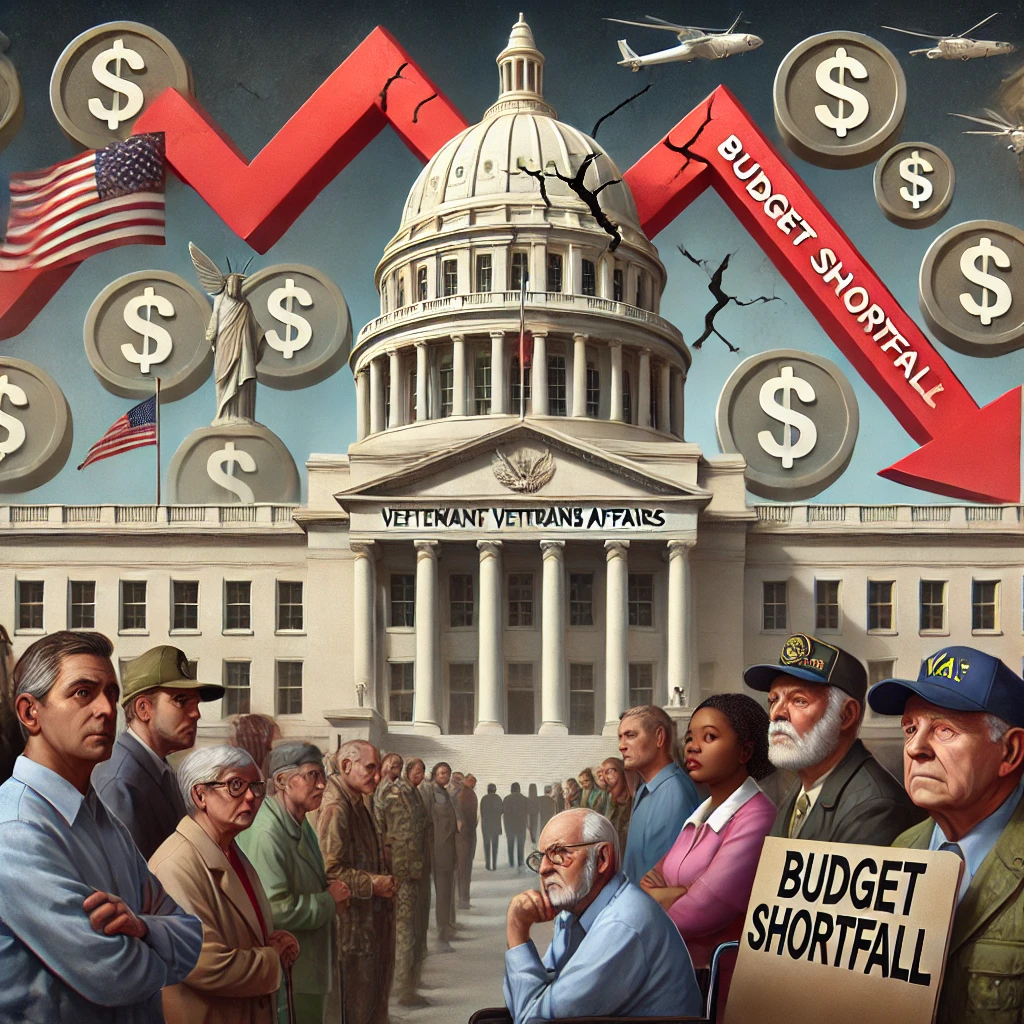Chapter 35 Future rates
Get the future rates for Survivors’ and Dependents’ Educational Assistance (DEA) for October 1, 2024 to September 30, 2025. And learn about how we determine your rate.
Are you trying to find the current rates for DEA? Check the current rates instead
How we determine your rate
We base your monthly rate (or payment amount) on these 2 factors:
- The type of education or training you’re getting, and
- How many courses you’re taking—or how far along you are in your on-the-job training or apprenticeship program
You may get less than the full rate each month if any of these is true:
- You’re enrolled in fewer courses than what we consider to be full time, or
- Your clock hours per week are less than what we consider to be full time, or
- You’re getting on-the-job training, or
- You’re in an apprenticeship program
2023 to 2024 Chapter 35 benefits rates
Effective October 1, 2024
The DEA rates listed here are for October 1, 2024, to September 30, 2025. We’ll make the payments directly to you.
For institutions of higher learning
These monthly rates are for courses at colleges and universities.
The amounts listed here are for a full month of enrollment. We’ll pay you a percentage of the full month’s rate based on the number of days that you’re enrolled in the month. We call this a prorated payment. For example, if your school starts on the 20th, you would get a payment for 10 days of enrollment that month. Your payment would be 1/3 of the monthly rate.
We’ll pay you up to the rate listed here based on how many courses you’re taking:
- Full-time enrollment: $1,536.00 for each full month
- 3/4-time enrollment: $1,214.00 for each full month
- 1/2-time enrollment: $890.00 for each full month
If you’re enrolled less than 1/2 time, we’ll pay you up to the amount listed here for every month you’re enrolled—but no more than the cost of your tuition and fees:
- Less than 1/2-time and more than 1/4-time enrollment: $890.00 for each full month (or the cost of your tuition and fees, whichever is less)
- 1/4-time enrollment or less: $384.00 for each full month (or the cost of your tuition and fees, whichever is less)
If your tuition and fees are less than the monthly rate, we’ll send you a lump sum (1 payment) at the start of each term.
Example: If you’re enrolled less than 1/2 time and more than 1/4 time, and you attend a 90-day term, you may get up to $2,670.00 for the term ($890.00 per month x 3). But if your tuition and fees are less than $2,670.00, then we’ll send you the amount of your tuition and fees at the start of the term instead.
Learn more about getting an undergraduate or graduate degree
For non-college degree programs
These monthly rates are for trade and vocational schools.
The amounts listed here are for a full month of enrollment. We’ll pay you a percentage of the full month’s rate based on the number of days that you’re enrolled in the month. We call this a prorated payment. For example, if your school starts on the 20th, you would get a payment for 10 days of enrollment that month. Your payment would be 1/3 of the monthly rate.
We’ll pay you up to the monthly rate listed here based on your scheduled clock hours:
- Full-time enrollment: $1,536.00 for each full month
- 3/4-time enrollment: $1,214.00 for each full month
- 1/2-time enrollment: $890.00 for each full month
If you’re enrolled less than 1/2 time, we’ll pay you up to the amount listed here for every month you’re enrolled—but no more than the cost of your tuition and fees:
- Less than 1/2-time and more than 1/4-time enrollment: $890.00 for each full month (or the cost of your tuition and fees, whichever is less)
- 1/4-time enrollment or less: $384.00 for each full month (or the cost of your tuition and fees, whichever is less)
If your tuition and fees are less than the monthly rate, we’ll send you a lump sum (1 payment) at the start of each term.
Example: If you’re enrolled less than 1/2 time and more than 1/4 time, and you attend a 90-day program, you may get up to $2,670.00 ($890.00 per month x 3). But if your tuition and fees are less than $2,670.00, then we’ll send you the amount of your tuition and fees at the start of the program instead.
Learn more about non-college degree programs
For on-the-job training and apprenticeships
We’ll pay you up to this much each month based on how far along you are in your training:
- Months 1 to 6: $975.00 for each full month
- Months 7 to 12: $733.00 for each full month
- Months 13 to 18: $481.00 for each full month
- More than 19 months: $245.00 for each full month
Note: To get the full amount listed here, you must have worked at least 120 hours each month. As your payments go down, your entitlement charges also go down.
Learn more about on-the-job training and apprenticeships
For correspondence training
We’ll pay 55% of the established cost for the number of lessons you complete by mail, online, or in some other way. You’ll need to submit completed lessons to get these payments.
Note: Only spouses using Chapter 35 benefits can get correspondence training. Children aren’t eligible for this benefit.
Learn more about correspondence training
For special restorative training
If you’re attending special restorative training full time, we’ll pay you $1,536.00 each month.
If you’re eligible for accelerated charges, we’ll pay for any tuition costs and fees over $405.00 each month.
We may reduce 1 day of your entitlement for every monthly payment of $51.20. This is 1/30 of the full-time rate.
Note: Only children using Chapter 35 benefits can get special restorative training. Spouses aren’t eligible for this benefit.
How to contact us if you have questions
If you have questions about your rates, you can call us at 888-442-4551 (TTY: 711). We’re here Monday through Friday, 8:00 a.m. to 7:00 p.m. ET.
You can also ask us a question online through Ask VA.




